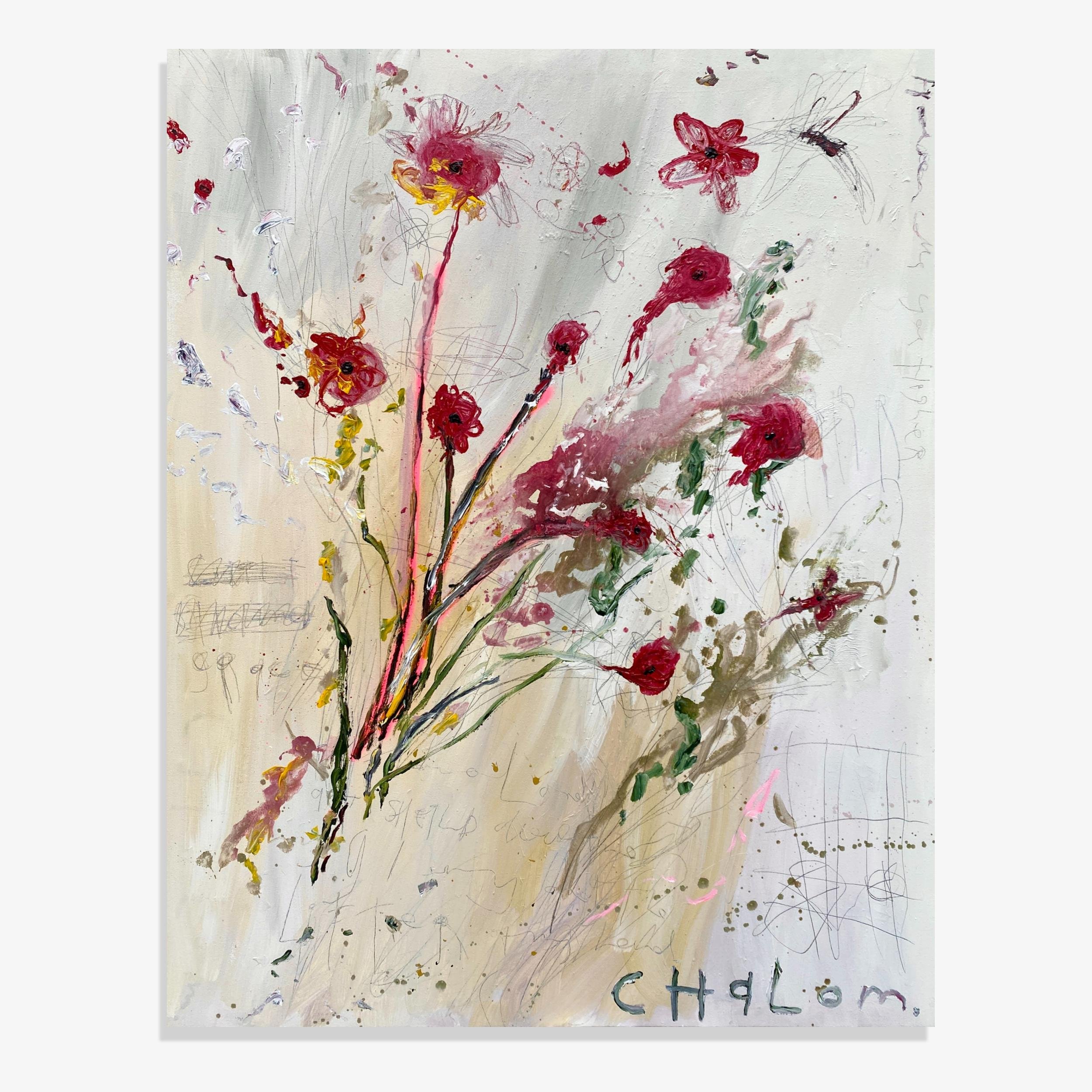What Is Abstract Expressionism
Origins and Defining Characteristics of Abstract Expressionism
Abstract Expressionism, a revolutionary art movement, was born in the United States in the mid-20th century, primarily as a reaction to the horrors and devastation of World War II. This movement marked a significant departure from traditional art forms, choosing instead to focus on expressing emotions and exploring the subconscious mind.
The defining characteristics of Abstract Expressionism are its spontaneous and passionate approach to painting, often featuring non-representational imagery. This movement was a radical break from the past, rejecting the conventional norms of art and embracing a new form of expression that was raw, emotional, and deeply personal.
Abstract Expressionist art characteristics
Degrees of Abstraction: Abstract Expressionist paintings often demonstrate forms unrealistically or non-objectively, drawing inspiration from the artist's imaginative perspective of the visible world.
Emphasis on Emotional Expression: Artists in this movement valued free, spontaneous, and personal emotional expression, using a variety of techniques to convey their inner feelings.
Freedom of Technique: Abstract Expressionists exercised considerable freedom in their technique and execution, utilising the physical qualities of paint to evoke expressive qualities like sensuousness, dynamism, and mystery.
Spontaneous Application of Paint: There was a focus on unplanned and intuitive application of paint, akin to a form of psychic improvisation aimed at expressing the creative unconscious.
Unstructured Composition: These artworks often abandoned conventionally structured compositions in favour of undifferentiated fields or networks that exist in unstructured space.
Monumental Scale: Abstract Expressionist paintings typically filled large canvases to create visual effects with monumentality and engrossing power.
The Artistic Approach of Abstract Expressionism
The artists associated with Abstract Expressionism had a unique approach to their work. They sought to convey their deepest feelings and emotions through art rather than reproduce and represent the real world. They used colour, form, and line to create a personal visual language that directly expresses their inner world.
This approach was a radical departure from the traditional norms of art, where the focus was on representing the external world in a realistic or idealised manner. Abstract Expressionists sought to express their innermost feelings and emotions, using their art to explore and understand their subconscious mind.
“Abstract art is a creative interplay between the conscious and the unconscious, with the conscious mind making all the final decisions and in control throughout.”
Key Artists and Their Works
Key artists of the Abstract Expressionist movement include prominent figures like Hans Hoffman, Jackson Pollock, Willem de Kooning, Robert Motherwell, Clyfford Still, Mark Rothko, Barnett Newman, and Lee Krasner. These artists broke away from traditional techniques and subject matters, creating works that reflected their psyches and aimed to tap into what some call their “universal inner sources.”
The Abstract Art Expressionist movement, flourished most especially between 1943 and the mid-1950s, shifting the art world's focus from Europe to New York post-World War II. Abstract Expressionists valued spontaneity, improvisation, and process in their art, resisting stylistic categorisation while emphasising dynamic gestures or reflective fields of colour. The movement's influence extended beyond painting to include influential collagists and sculptors like David Smith and Louise Nevelson.
One: Number 31, 1950 by Jackson Pollock
Jackson Pollock is arguably the most well-known artist associated with the Abstract Expressionist movement. His 'drip paintings' became a defining feature of the style. Pollock would lay a canvas on the ground and drip or pour paint onto it from above, allowing it to land in random patterns. This method showcased the movement's emphasis on spontaneity and releasing the artist's subconscious mind.
Pollock's work was a radical departure from traditional painting techniques. His 'drip paintings' directly expressed his inner world, a visual representation of his emotions and subconscious mind. His work was a celebration of individuality and freedom, a rejection of the constraints of traditional art.
Mark Rothko, another critical figure in the Abstract Expressionist movement, is known for his 'colour field' paintings. Rothko's works consisted of large blocks of colour, which he used to evoke an emotional response from the viewer. While simple in design, his paintings are filled with emotion, a characteristic of Abstract Expressionism.
Rothko's 'colour field' paintings radically departed from traditional painting techniques. His work directly expressed his inner world, a visual representation of his emotions and subconscious mind. His paintings were a celebration of individuality and freedom, a rejection of the constraints of traditional art.
Conclusion
Abstract Expressionism is an influential art movement that has profoundly impacted the world of art. Its focus on emotion, spontaneity, and the subconscious mind has challenged traditional art concepts, creating new paths for artistic expression. The power of Abstract Expressionism lies in its ability to evoke emotion and its celebration of individuality and freedom.
As Robert Motherwell, a leading figure in the Abstract Expressionist movement, eloquently stated, "Art is much less important than life, but what a poor life without it." This quote encapsulates the essence of Abstract Expressionism, a movement that celebrates the power of art to express the human condition, explore the depths of the subconscious mind, and evoke deep emotional responses.
In conclusion, Abstract Expressionism is a powerful and influential art movement that continues to this day. Its focus on emotion, spontaneity, and the subconscious mind has challenged traditional art concepts and opened up new paths for artistic expression. The power of Abstract Expressionism lies in its ability to evoke deep and profound emotions while celebrating individuality and the gift of freedom.

















